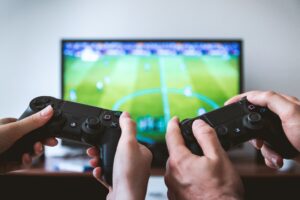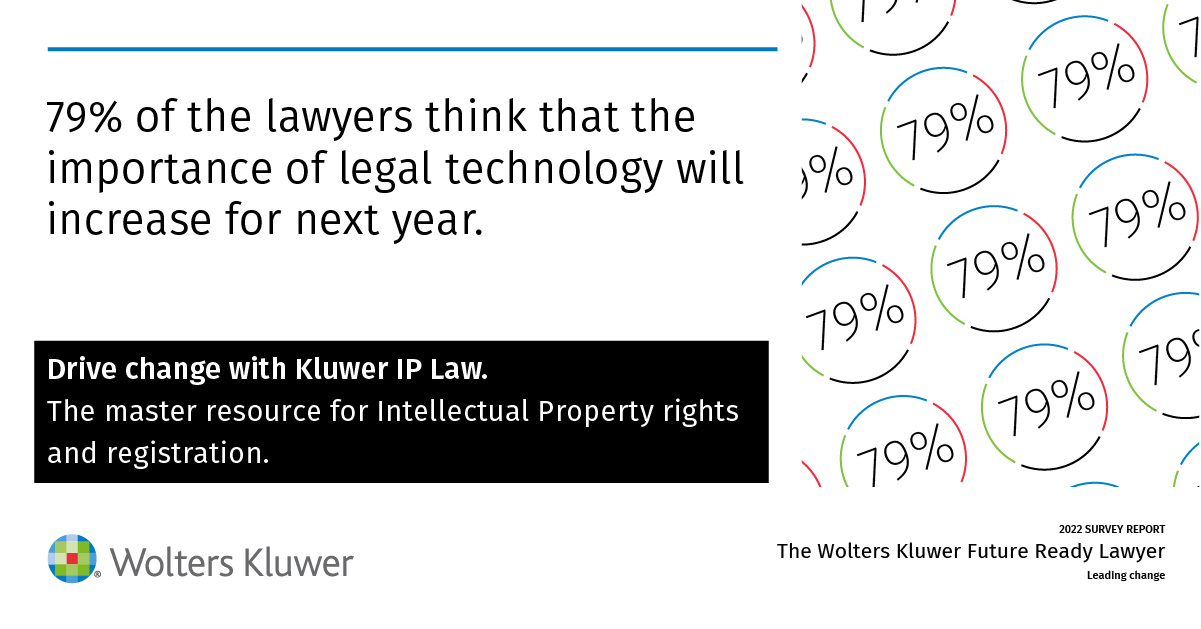
Interest in eSports (‘electronic sports’ or competitive video gaming) has accelerated during the COVID-19 pandemic. With many traditional face-to-face sports suspended, eSports have become an attractive viable competitor for self-isolating new and existing fans alike. With no geographic discrimination, an all-digital medium and even ‘anyone allowed to play’ tournament models, eSports is now a nascent industry of considerable commercial value.
With the rise of eSports, we also see new creative tools, and platforms for sharing them. Yet surprisingly, and despite being fundamentally underlain with a copyrighted work (a video game), relatively little research has been undertaken into the copyright context of eSports. In an attempt to remedy this, my latest article in JIPLP explores copyright subsistence in eSports from a UK perspective.
My initial interest in eSports stemmed from the new creator in this industry – the professional player. Whilst in copyright discourse we tend to think of the ‘user’ as an amateur who generates content for free, eSports presents a real challenge to this assumption. The user here is a player who builds their career around a particular game, who trains with the same level of intensity as a traditional sports athlete, and certainly has a commercial interest in making money from these activities if they’re to sustain a livelihood.
The emergence of this new professional player brings an additional complicating layer to what is already a natural site of curiosity for the copyright scholar. Games are by their nature inchoate; they necessarily invite, and rely on, user interactivity. No two players will play a game in the same way, nor necessarily will the same player in every instance of playing a game. Each experience is a new output. This has become the key feature of games that has distinguished them from other types of copyrighted works. Indeed, the interactive process suggests the possibility of an authorial role for the user. And with this comes the pertinent question: if a game’s output varies each time it’s played, how much of that output is attributable to the contribution of the game rightsholder, and how much is the player’s contribution?
In the eSports context, this question of player contribution is crucial, and can have a snowball effect in the industry. If the player has a legitimate claim over their contributions to a game, then by extension they can also give permissions to tournament organisers and online platforms to host their gameplay (that is, the unique output of their own interactions with a game). If this is not true, then ownership of all game outputs instead vests with the person who made the underlying software – the game rightsholder. All decisions on sharing this content then also lie with them.
In the UK, courts have favoured the latter view, that ownership lies entirely with the person responsible for making the arrangements necessary to create game outputs – that is, the game publisher or developer. In Nova Productions Ltd v Mazooma Games Ltd, the court held that a game’s inherently interactive nature is not enough to revoke its copyright status, nor the game rightsholder of their exclusive rights over game outputs. Even though it is the player who is responsible for directly manipulating the inputs of a game, this was not considered an authorial act capable of generating a new work, nor a performance of an existing work. Emphatically, the court found that the player does not contribute ‘skill or labour of an artistic kind. […] All he has done is to play the game’.
The emergence of eSports forces a re-examination of these underlying assumptions about player creativity. Is it true that the professional eSports player has just ‘play[ed] the game’? If we follow the reasoning of ‘skill or labour of an artistic kind’, many eSports players will demonstrate skilful gameplay (with some research suggesting that top-tier eSports players can make up to 10 in-game moves per second), and labour– to the extent that the physical exertion of pressing a button can be considered as such (as is the case with photography). The new independent criterion of ‘artistic’ contributions presents more of a puzzle. It is difficult to demonstrate artistry, at least to the extent we can analogise this with creativity, within a system of rules and limitations. This is true of both the rules of play for traditional sports, and the limitations imposed by a software system in a video game.
If the threshold for copyrightability of player contributions requires some form of artistry, it seems that the act of ‘playing’ is simply not understood as a copyright-relevant activity. Following the reasoning of the Nova court, the skilful and laborious inputs by professional players in eSports (and by extension, other new creative games like Minecraft) are outwith the scope of copyright. Any of their contributions simply become an extension of the game rightsholder’s creation.
As gaming technology has evolved, and eSports has emerged, Nova has become a contestable decision that highlights some of the difficulties of accommodating interactive processes within the copyright framework. Indeed, whilst interactivity has been a core component of video games and eSports since their inception, this now has broader implications for user-generated content, ‘prosumption’ and remix culture. In Web 2.0, users are no longer simply passively viewers of works from a distance, but instead actively manipulate and engage with them. New industry contexts like eSports can be used as a prism to explore our understanding of user creativity, and question whether the boundaries between usership and authorship can be transgressed.
_____________________________
To make sure you do not miss out on regular updates from the Kluwer Copyright Blog, please subscribe here.
Kluwer IP Law
The 2022 Future Ready Lawyer survey showed that 79% of lawyers think that the importance of legal technology will increase for next year. With Kluwer IP Law you can navigate the increasingly global practice of IP law with specialized, local and cross-border information and tools from every preferred location. Are you, as an IP professional, ready for the future?
Learn how Kluwer IP Law can support you.



Great article! Keep up the good work
Great blog! Keep on posting.